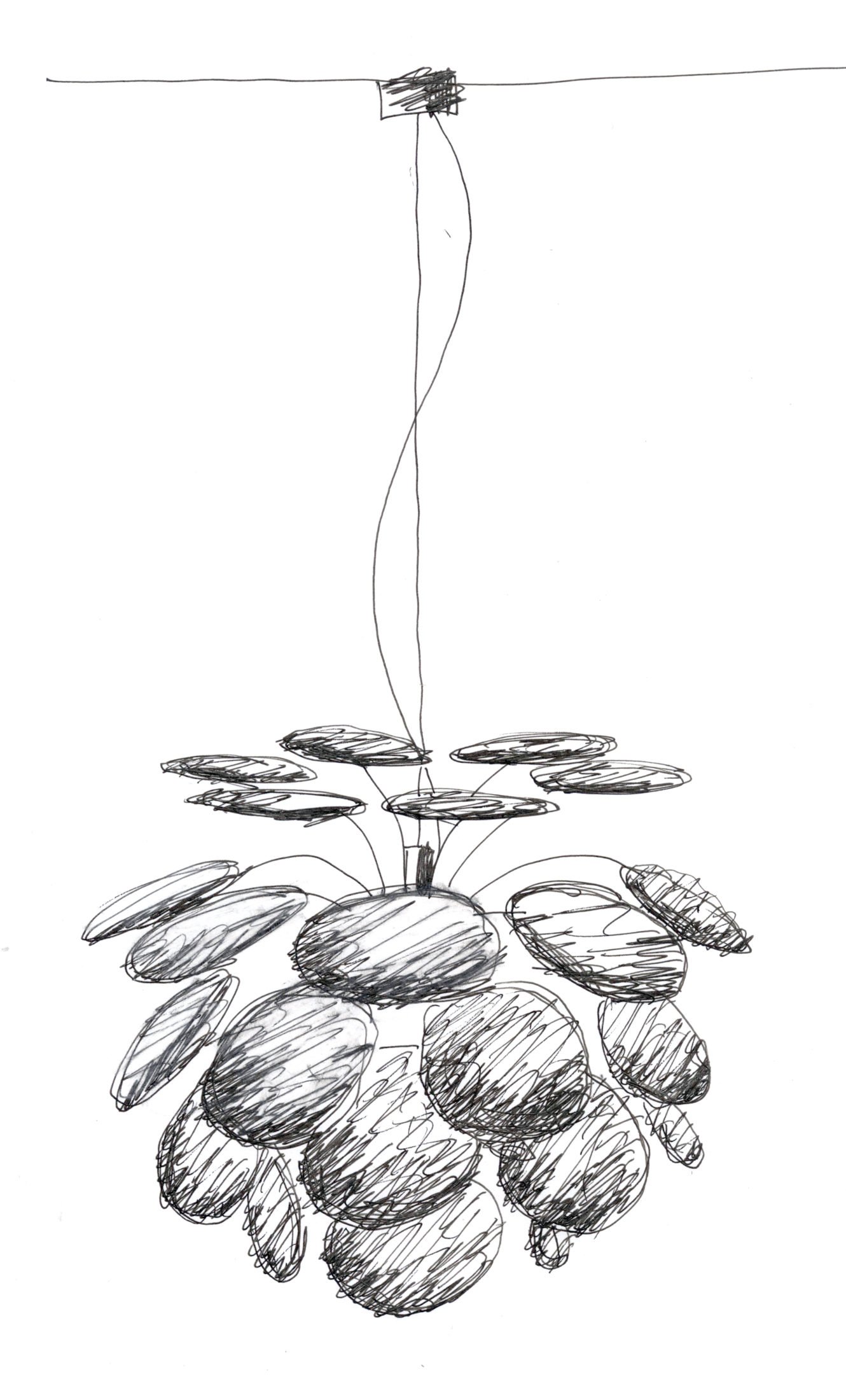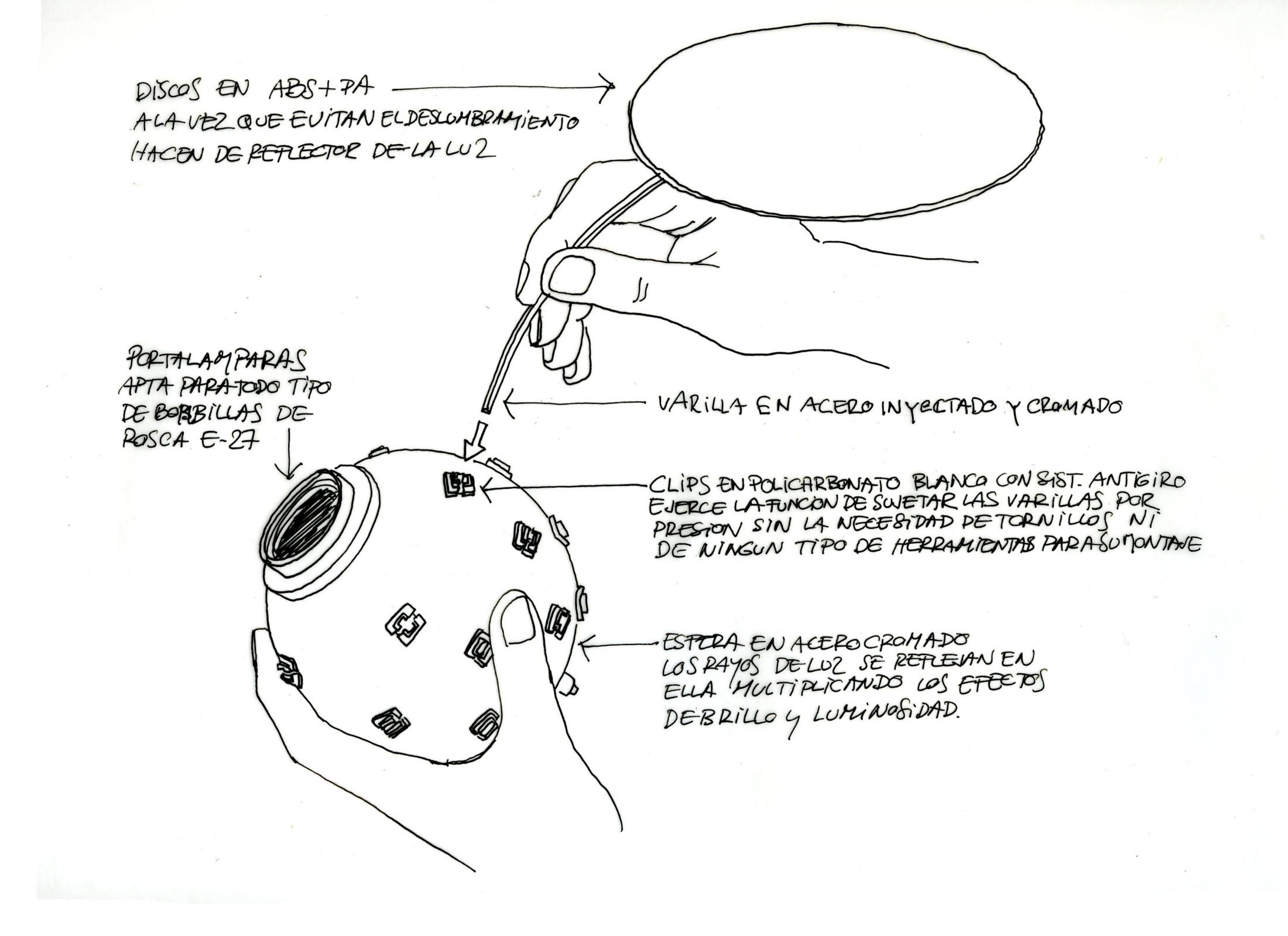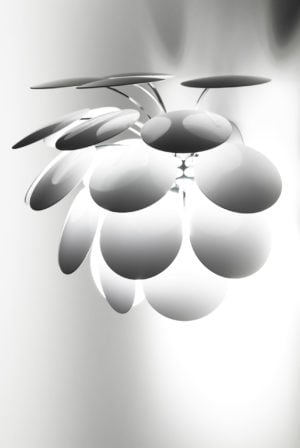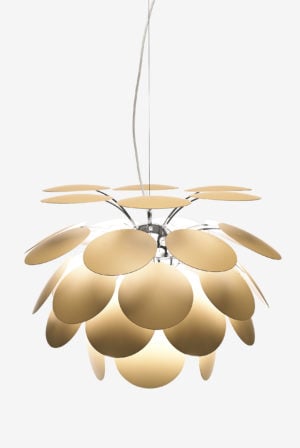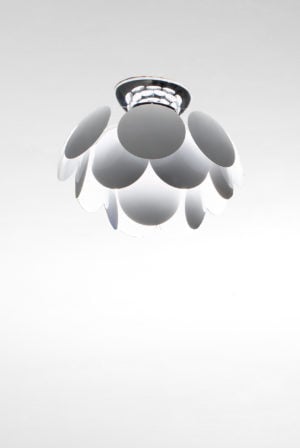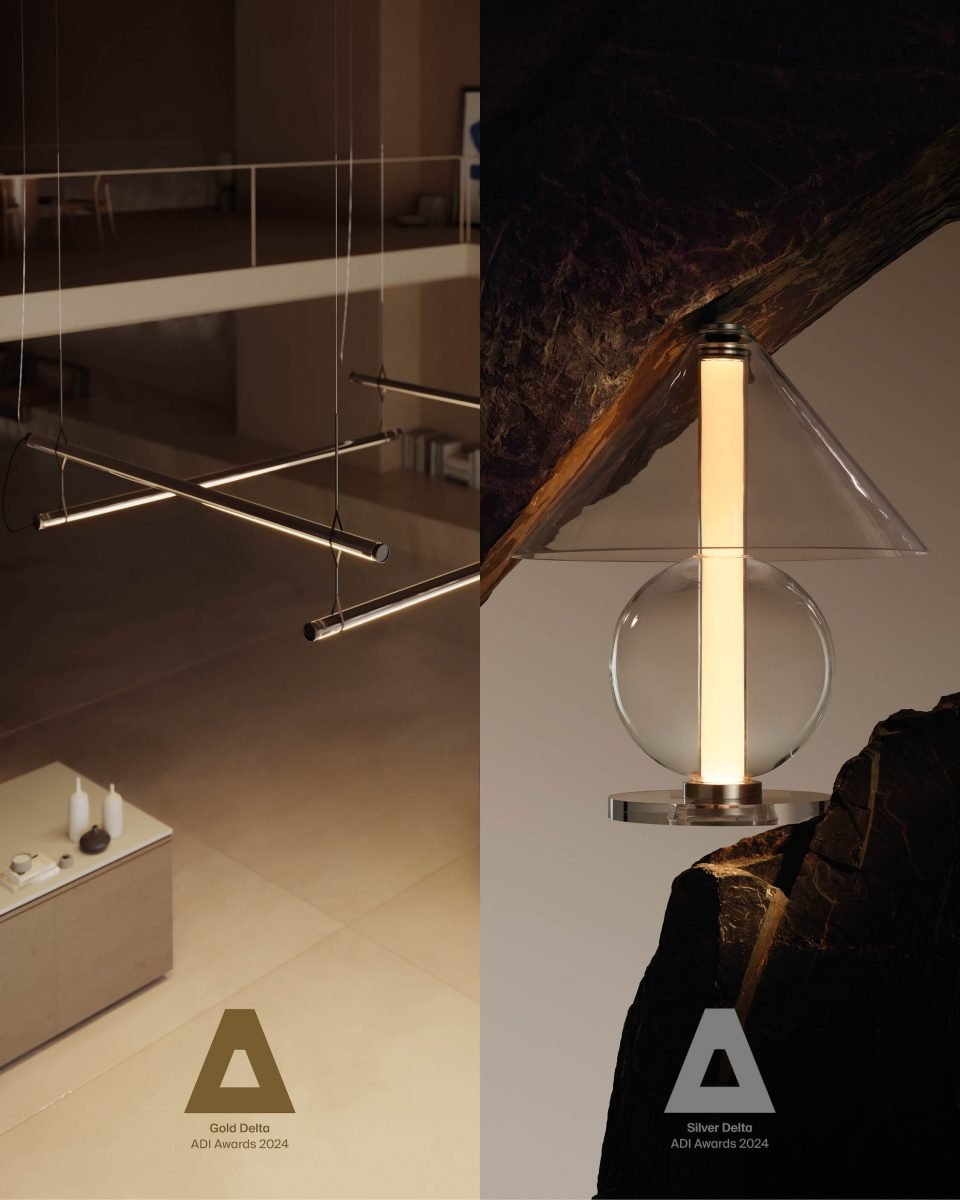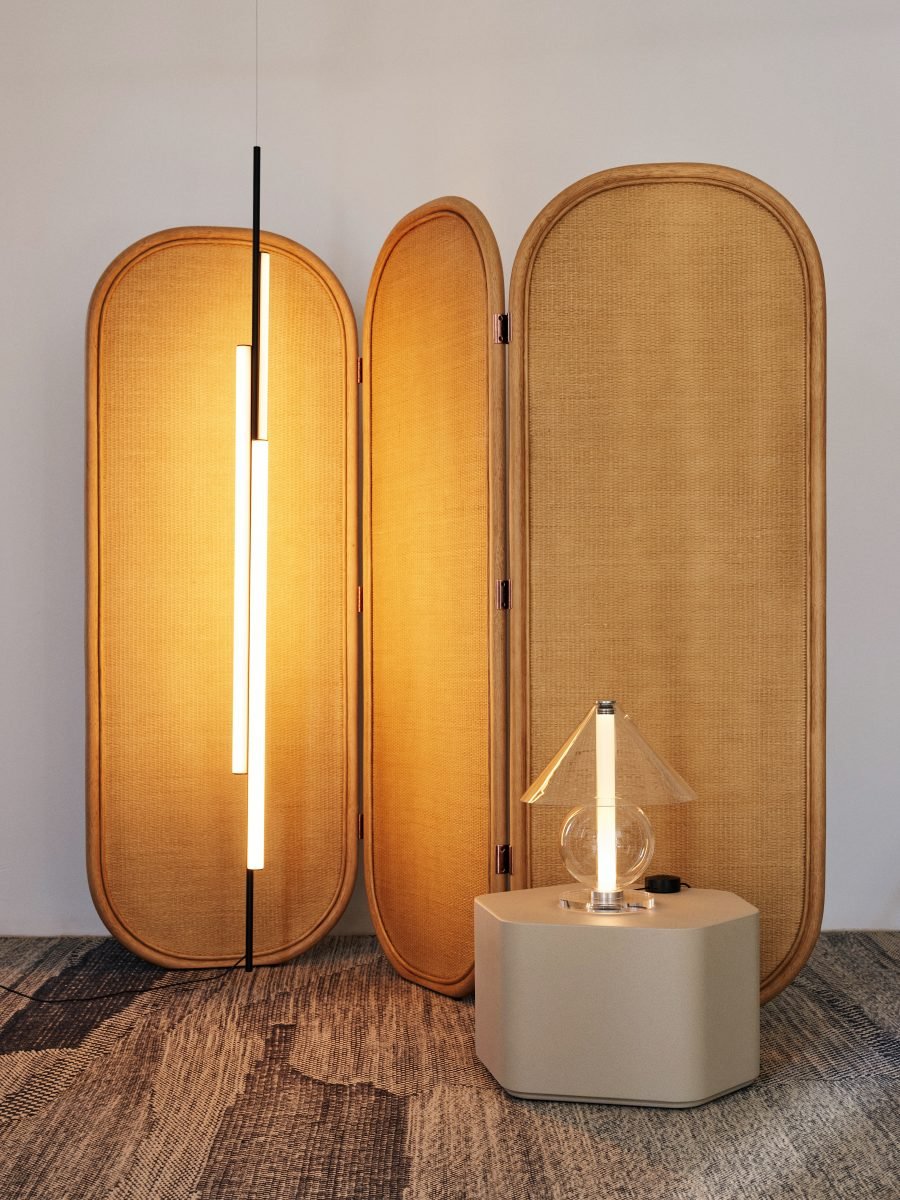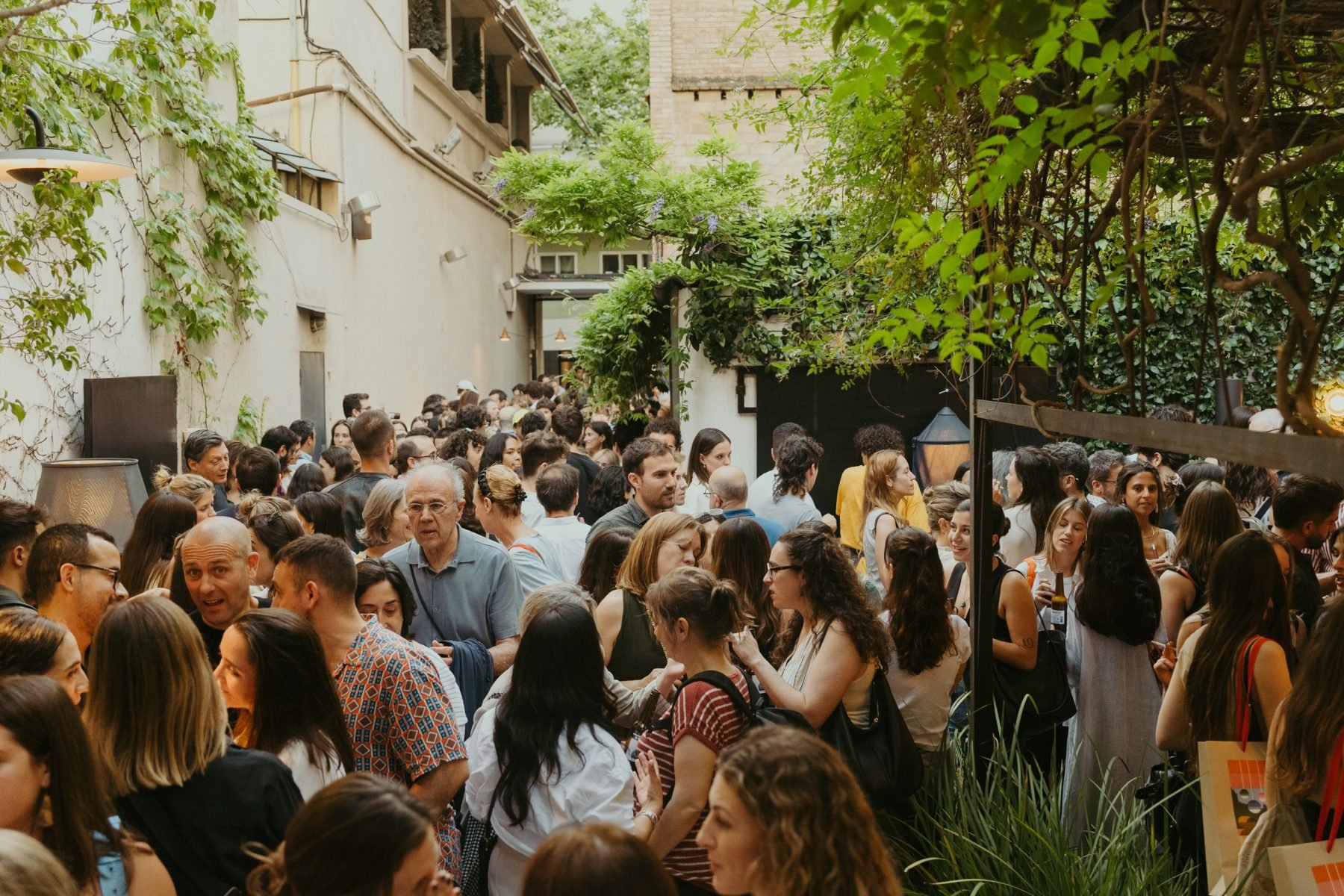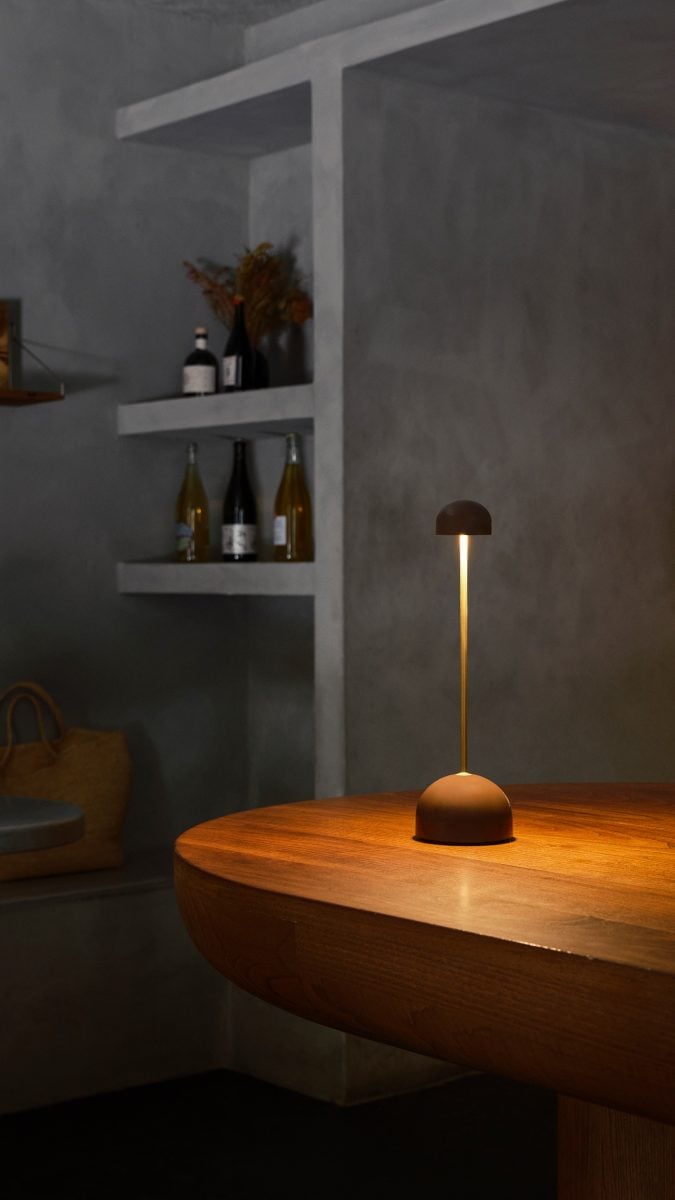We widen the Discocó collection with new colors and a new size
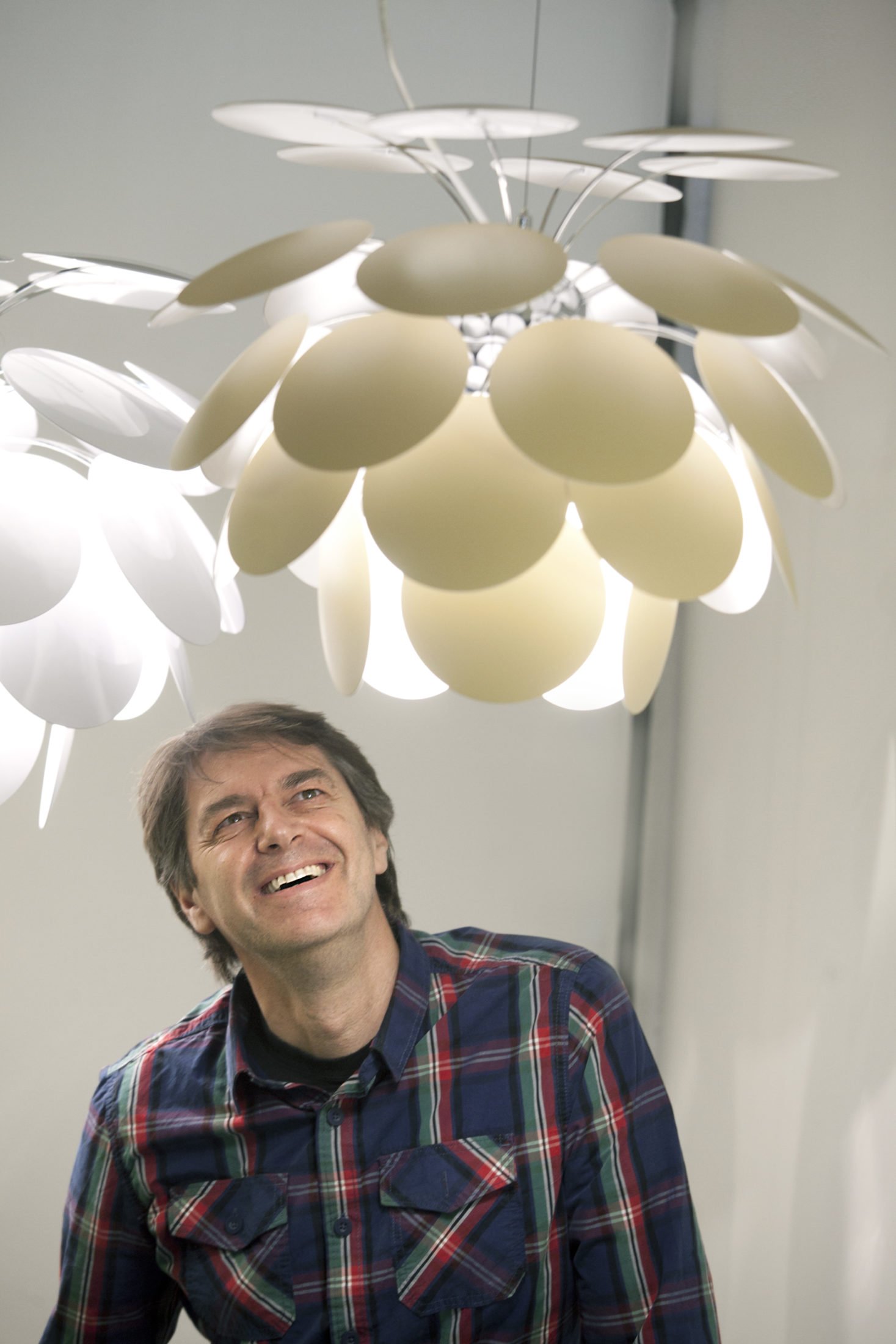
His name is French and he was born in Germany (1961), but his Spanish accent points to the Canary Islands, where he grew up. He reached Barcelona in the mid-1980’s to finish his degree in interior design. Soon afterward he headed to Milan, where he discovered industrial design.
A restless man, he seems to carry those traveling genes of his Belgian ancestors who ventured to move to Spain in the 1960’s. With an architect and handyman father (he made lamps at home using the origami he learned while working in Germany), 30 years ago Christophe Mathieu transitioned from being a professional competitive swimmer to the world of design. He is open to unforeseen events in life and does not discount the possibility of one day maybe leaving it all and doing something totally different.
Having lived in Barcelona for years now, he is one of Marset’s veteran designers and has created several successful products for the company. However, nothing quite beats his Discocó, the firm’s current bestseller. That expansion of energy conveyed by the lamp suddenly makes more sense when you listen to Mathieu.
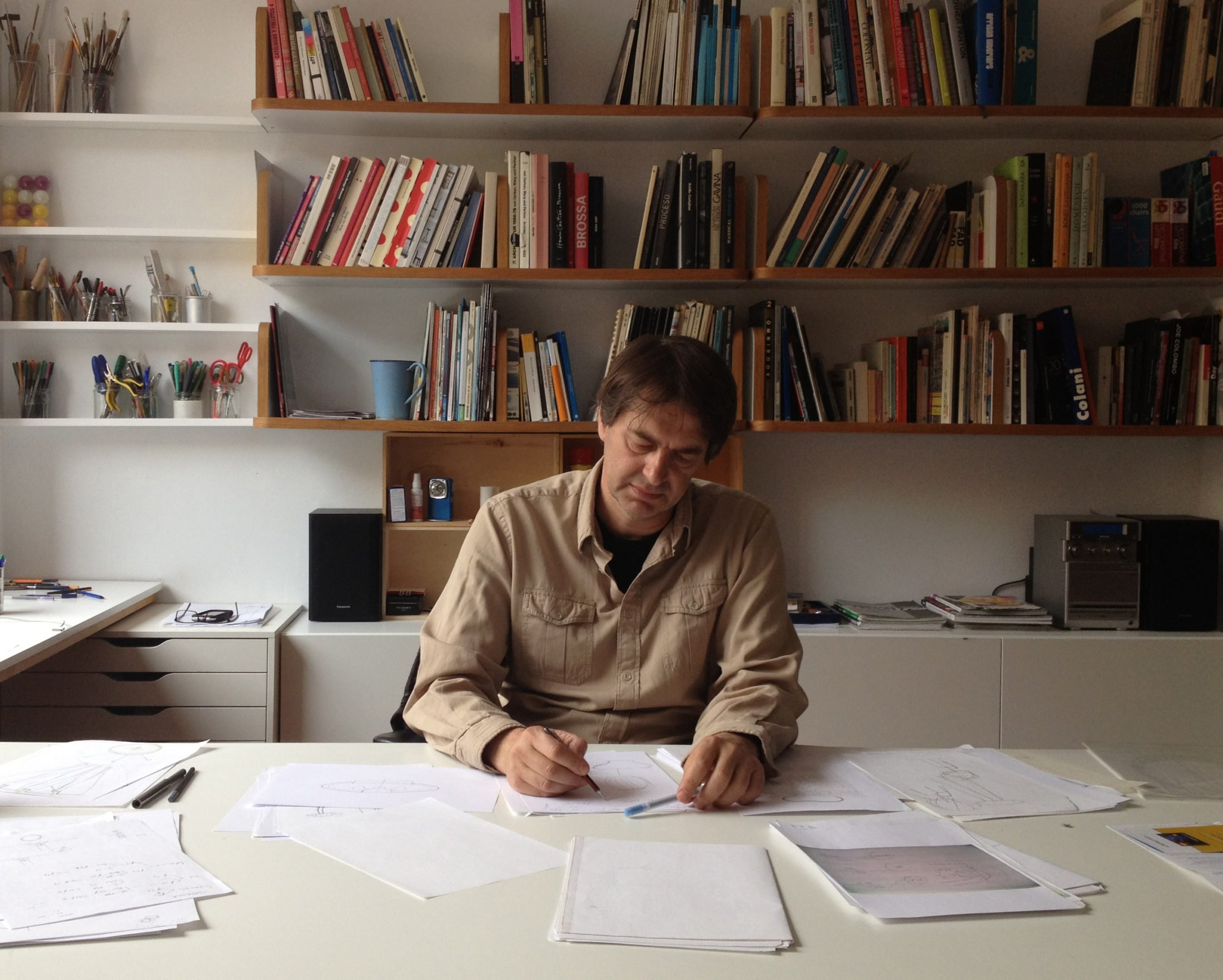
– Why do you think the Discocó lamp has been so successful?
There are several reasons. It’s a mixture of a series of factors that have made it possible. First, the lamp contains elements that are harbored in people’s memory. It is also a surprising piece – a wow piece! It has a fresh, light look, and it provides very good, pleasant light. It very carefully controls indirect and reflected light based on the studies by Poul Henningsen. It doesn’t glare. Plus, the technical development is very skillfully resolved thanks to the technical team behind it, which is essential to a product’s end result. Yet there is also another important factor: its perceived value is higher than its price. So several different factors converge, and they are all positive.
– As its designer, how do you feel about this success?
I see it as a reward. I feel particularly happy because it was a very democratic process. Ninety-nine percent of the people who buy this lamp do so not because they know me or my work but because they like it, the price seems fair and they take it home. This is very satisfying. That is the part of design that fascinates me: the concept of the object, the psychological and sociological factors involved. I grasped this when I lived in Italy. I should also say that I have often dreamed of this happening. I daydreamed about it. And I’m happy because it could have never happened. A job well done should yield good results, and in this case it did. But it’s always a bit of a lottery. The market is inundated with products. Plus, just because something is published in magazines doesn’t mean that it sells. It is a difficult but exciting profession. When people think about success, they don’t think about the failures that often come first. Nor do they think that success is only sudden in appearance, whereas it is actually the outcome of years of work, years full of disappointments that you have to overcome, which can be learning experiences.
– This lamp seems like an expansion of optimism. It almost beckons you to dance under it.
I designed it in 1997, but it wasn’t produced until 2008. Eleven years went by. I showed it to Marset three times. No, four times. I made the model and showed it to Joan Gaspar, the product manager of the company. He told me: we like it, but give us more information so we can make a prototype. But – my own fault – I didn’t give him this information. I was sure about the final product, but I didn’t know how to get there. Later he asked me again: Do you have anything new? And I showed it to him just like before. Another time I showed him a photomontage. On the fourth time he told me: Buddy, you’ve shown us this lamp so many times! Come by the studio one day and together we’ll try to figure it out.
– The fourth time was the charm…
We met and it was ready within half an hour. Sometimes I have doubts. Not in the intuitive stage, the irrational stage. At the beginning of the process, it’s as if I see something for the first time. As I get more deeply involved in it and I know it too intimately, I lose this intuition. Anyhow, I think that rushing is never a good idea. As the Marset product manager, Joan Gaspar is also an important part of this product. And another member of the team is Daniel López, who is in charge of product development, and he improved it.
– What is the most essential thing for a lamp?
The most essential thing is what it means to others, to the people who are going to use it. If I try to communicate something with an object but the person to whom it’s targeted doesn’t perceive it, that’s my problem, not theirs. A lamp is many things. It provides light, but it is also an object that takes up space and is located in a given setting. It also serves a decorative purpose. And it includes the element of light, which is magical. It allows you to play with this intangible component. You can manipulate it in many ways: diffuse it, refract it, reflect it. The state of light changes depending on the materials through which it passes or which it deflects off of.
– For designers, work often seems very much an integral part of life.
It’s true. I don’t like talking about work. Similar to the way others like to dance, I like planning for the future. You suddenly build something where there used to be nothing. Yes, this is what drives me. But I could very easily drop it at any time and do something totally different. At the age of 18 I was a competitive swimmer training five hours a day. We started the youngest swimming club in Spain. And I loved being a swimming instructor. It’s not so much what you do as how you do it. If I had to do my current job any other way, I wouldn’t do it.
– This year saw the launch of the fifth size variation of the Discocó lamp.
The first one measured 53 cm in diameter. The size was intuitive, although it was designed with a particular setting in mind: over the dining room table in a house. When they saw that the product was popular, Marset asked for a larger size for contract sector, and then another smaller one for a nightstand or a bar. And so it goes until the last one, which is 68 cm. There was a huge leap between the first and second models. We had noticed that there was a demand, so we made it. And we took advantage of the chance to implement minor improvements and offer new colors.
